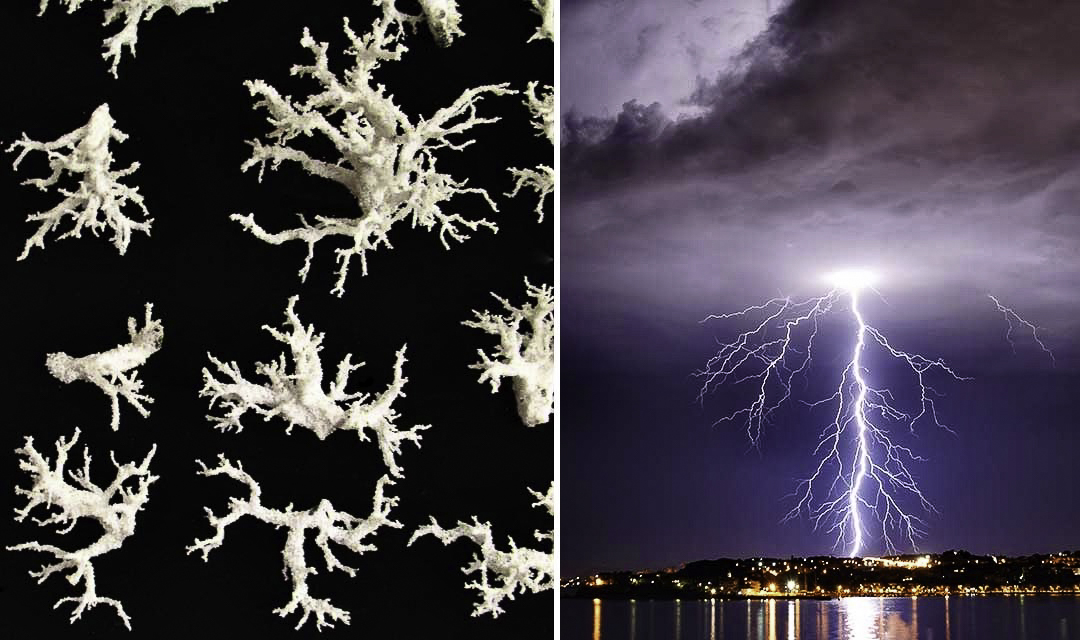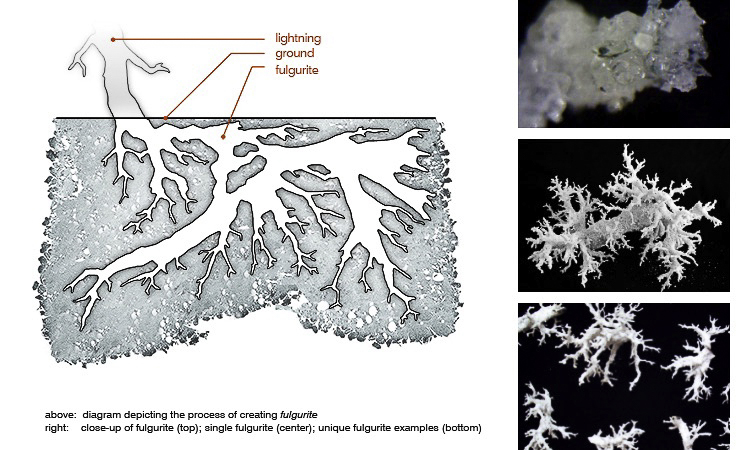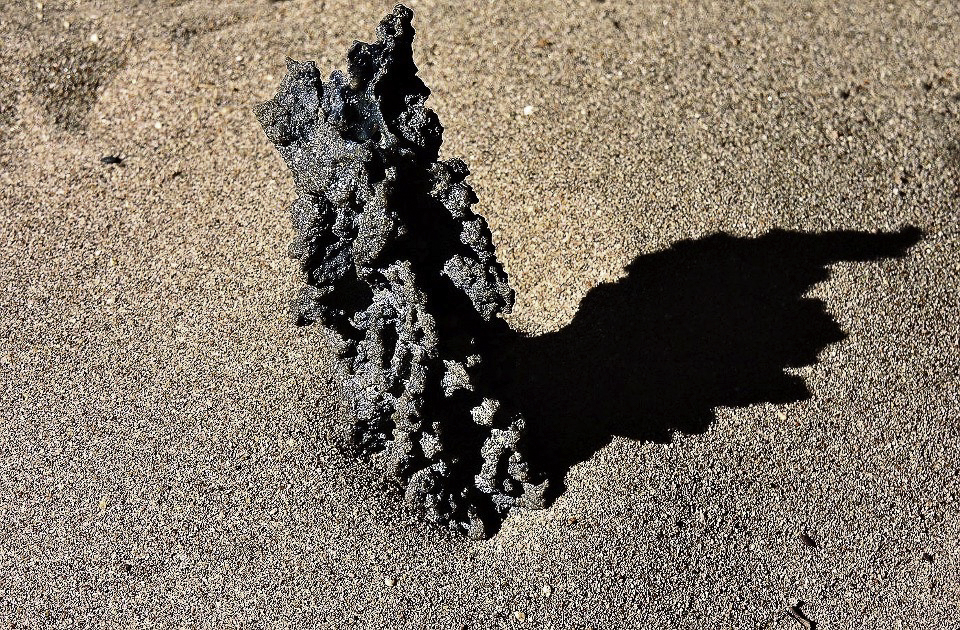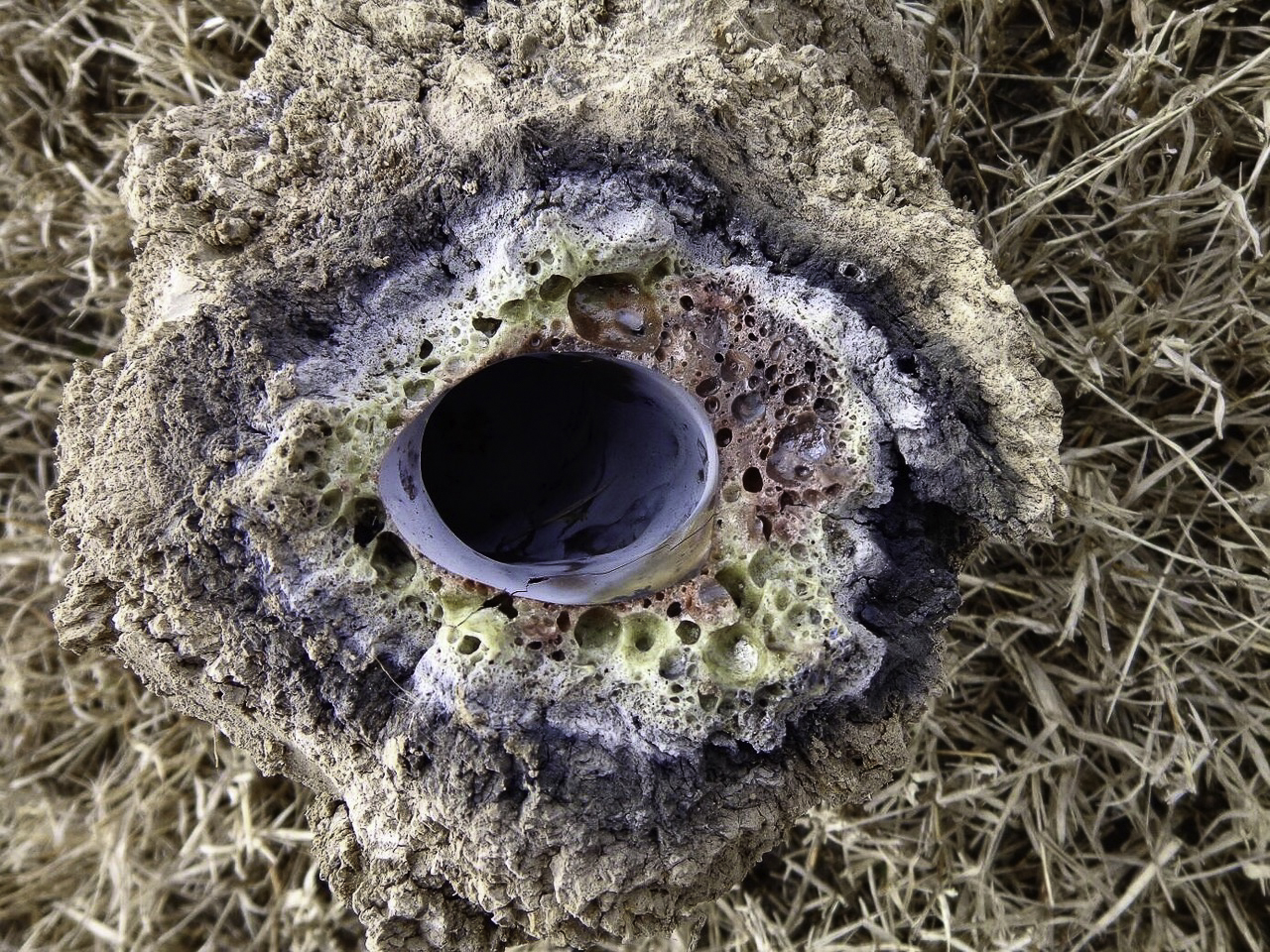ePostcard #134: Glass in Nature (Part 9)
LIGHTNING STRIKES & FULGURITES
“Fulgur” is the Latin word for lightning. Cicero, a philosopher of the Roman Empire era, used the expression “condere fulmina,” meaning “to dig up thunderbolts” —indicating early Romans had knowledge of fulgurite formation in sandy areas of Italy.
Fulgurites are another type of naturally occurring glass that forms when lightning strikes silica-rich sand or soil. The tremendous heat (>27,000°C!) from the strike vaporizes a path in the ground as the silica melts. The interconnected network of hollow, silica-lined tubes that create the shape of the fulgurite are a glassy ‘fossilization’ of the path that the lightning took in the sand. In all my years of exploring dunes and beaches, I have only found a single small fulgurite (exposed by wind-scouring) at Great Sand Dunes National Park in Colorado. Most of the time these natural works of glass art go unnoticed because they’re buried beneath our feet.
Diagram Credit: Courtesy of Bēhance (AIA Tampa Design Awards).
Photo Credit: NPS and Great Sand Dunes National Park’s Patrick Myers
At Great Sand Dunes National Park & Preserve, the explosive power of lightning is captured in blackish tubes of glass called fulgurites. At 50,000 degrees F—hotter than the surface of the sun!—lightning blasts the sand, vaporizing the area where the bolt of electricity shoots through the sand and melts it into dark glass.
Photo Credit: This cross-section of a fulgurite is courtesy of The Sun (a UK company; May 7, 2020 edition) and Charlotte Edwards, Digital Technology and Science Reporter for The Sun.
To help build global awareness, we would appreciate it if you would share this post with your friends and colleagues. Please choose one of the options below which includes email and print! Thank you.





Fascinating! I had no idea that there were this many types of glass in Nature. Thank you for the wonderful, educational posts.
Thank you for enjoying these ePostcards as much as I have enjoyed writing them! I think you’ll like the next 3-part series “Life in Glass Houses.”